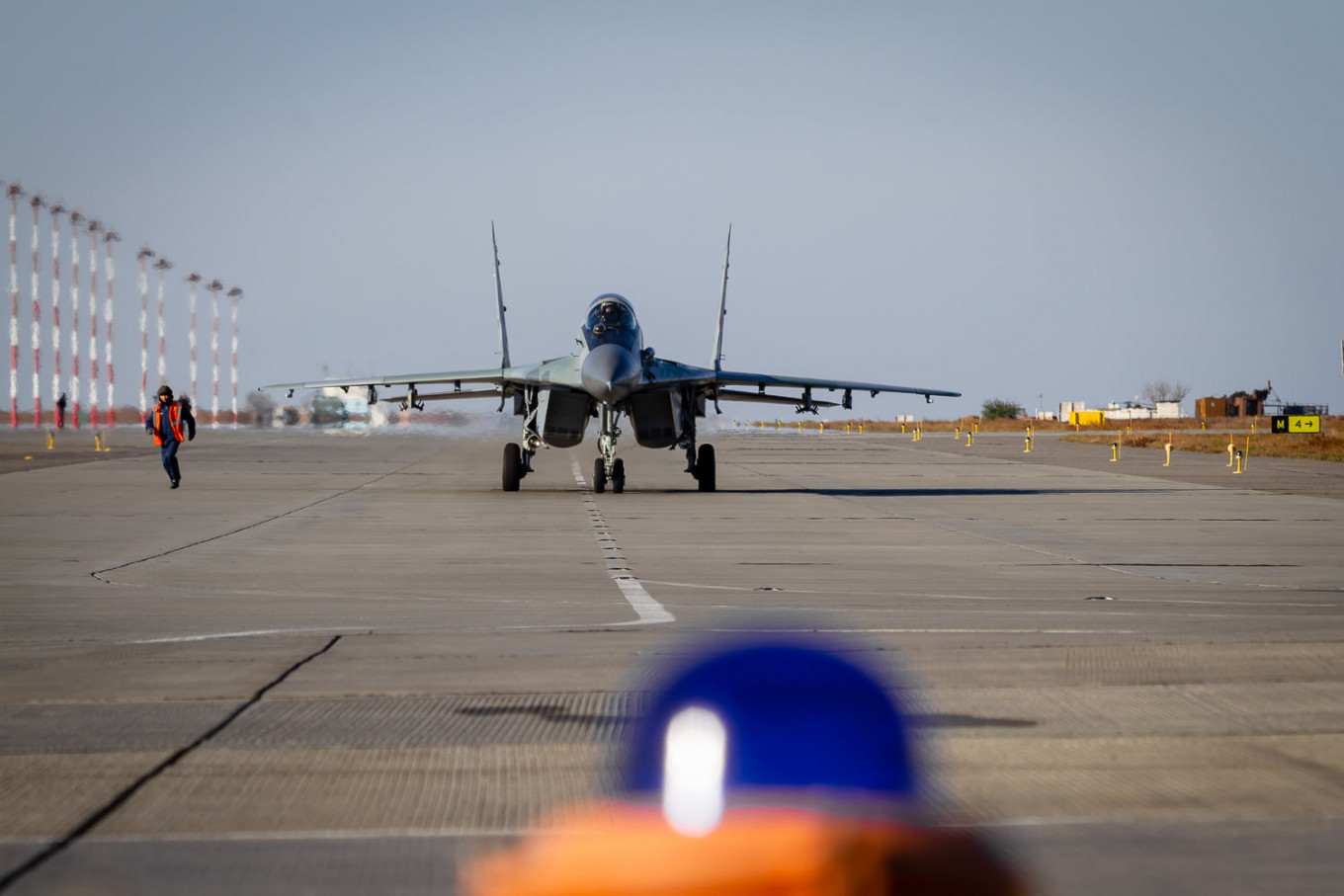
Russia and Serbia have carried out successive joint military exercises in the past week, including Russia’s first use of its advanced S-400 missile defense system abroad.
Analysts argue that Serbia pursues close ties with fellow Orthodox Christian and majority-Slavic Russia to gain leverage for maneuvering with the West. Serbia is negotiating entry into the European Union and is NATO’s partner for peace, though it is not pursuing full membership in the U.S.-led military bloc.
Russia deployed its sophisticated S-400 and a Pantsir missile battery on Serbian soil for the Slavic Shield 2019 drills on Oct. 24-29.
Serbia’s defense ministry said Slavic Shield 2019 aimed to simulate joint combat group defense “against enemy reconnaissance and offensive actions.”
The next day, Oct. 30, Russia announced joint tactical exercises with Serbia involving 10 Russian aircraft in its southern region of Astrakhan.
Russian Defense Ministry footage Thursday showed Russian-made MiG-29 jet fighters and Mi-8 transport helicopters carrying out missions as part of the BARS-2019 flight drills.
Belgrade says it has no plans to join NATO, reflecting deep resentment among Serbs over the Western military alliance’s airstrikes against the country in 1999 during the Kosovo War.
Serbia relies on Russia’s veto in the UN Security Council to block Kosovo’s bid to join the United Nations after the breakaway province declared independence in 2008 with Western support.
